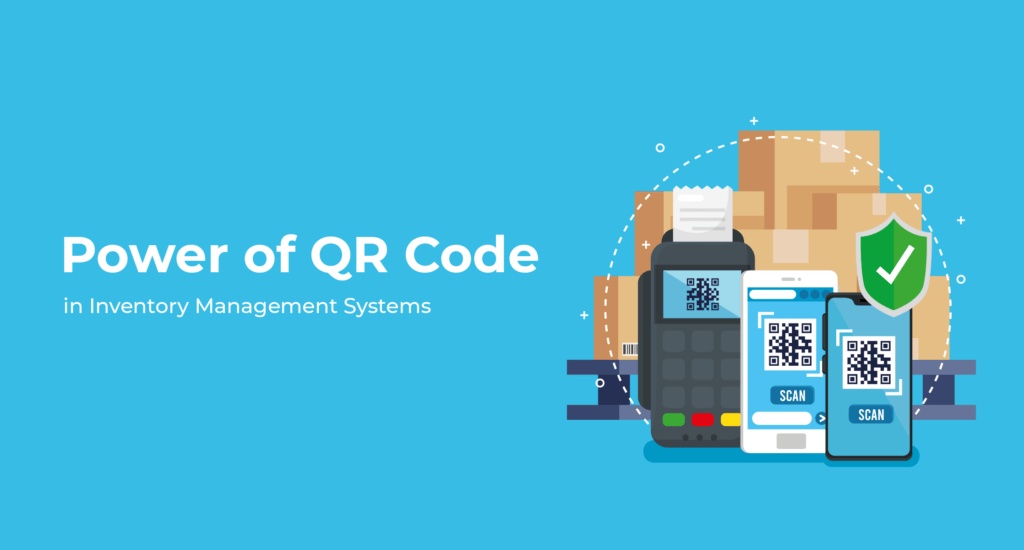
In the contemporary technology-geared scenario of business operations, adapting to technological trends is an absolute necessity. Particularly in the context of inventory management, an area that has become key to multiple industrial sectors. The ability to track and maintain inventory with precision and efficiency is what sets successful businesses apart. An integral element making this possible is an inventory management software, a tool which no business can afford to operate without in today’s times. Increasingly, implementation of QR codes is revolutionizing the landscape of inventory management. This article delves into examining how QR codes can increase the efficiency of inventory management systems, detailing the collaborative roles of functional users and software developers in creating this powerful tool.
Quick Response or QR codes are two-dimensional barcodes imprinted with black and white square patterns, designed to maintain information within their matrix. These codes can be easily scanned using a smartphone or a dedicated QR code reader, offering instant access to the embedded information.
Inventory management systems benefit substantially from scanning QR codes on physical labels, which help minimize manual data entry errors. Ensuring that data is entered solely by scanning the QR code and not through keyboard input can further enhance data accuracy.
Inventory management systems benefit substantially from scanning QR codes on physical labels, which help minimize manual data entry errors. Ensuring that data is entered solely by scanning the QR code and not through keyboard input can further enhance data accuracy.
The use of QR code scanning not only boosts accuracy but also enhances operational efficiency within warehouses. Users can simply aim and scan, eliminating complex data entry procedures. Processes such as Receiving, Physical verification, Material Dispensing, Locating inventory and Order Fulfilment can be significantly optimized with QR code integration.
Compared to alternatives like RFID, QR codes offer several advantages:
– Budget-Friendly Solution: QR codes can be generated and printed freely, whereas RFID tags can be expensive.
– Developer-Friendly Implementation: The relative ease of integrating a QR code scanning feature makes it a feasible option for businesses of varying sizes.
– Swift Scanning: The quick-scanning capabilities of QR codes have minimal operational disruption.
– Mobile Device Compatibility: The ability to scan QR codes with any camera-equipped smartphone eliminates the need for specialized scanning hardware.
– Enhanced Data Storage: Compared to barcodes, QR codes can contain a significantly larger amount of data within a small size.
To fully harness the capabilities of QR codes, businesses should adhere to the following best practices:
– Supplier Labeling: Suppliers should be encouraged to incorporate QR codes on product packaging to facilitate immediate integration into the inventory management system.
– Manufacturing Process Integration: Embedding QR code labeling as a vital step in manufacturing ensures smooth tracking and identification, from the factory floor to the warehouse.
– Pre-Entry Labeling: Inventory items should ideally be labeled with QR codes prior to entering the warehouse to expedite stock processing.
Working hand-in-hand with suppliers to standardize QR code labels eases integration into the inventory management system. Standard templates accommodating different supplier label variants should be put in place.
Variations in QR code content necessitate intelligent scanning processes capable of interpreting SKU codes from the QR code, especially when a Global Trade Item Number (GTIN) is not available. The software needs to automatically conduct these conversions in real-time.
For imported goods, accounting for variations in date formats is crucial to maintaining accurate inventory records. Therefore, it’s essential to incorporate interpretative capabilities into the system to handle diverse date formats.
By offering cost-effective, accurate, and efficient solutions, QR codes hold significant benefits for inventory management systems. Understanding these advantages and integrating QR code scanning into business workflow can streamline warehouse operation and enhance overall business efficiency.